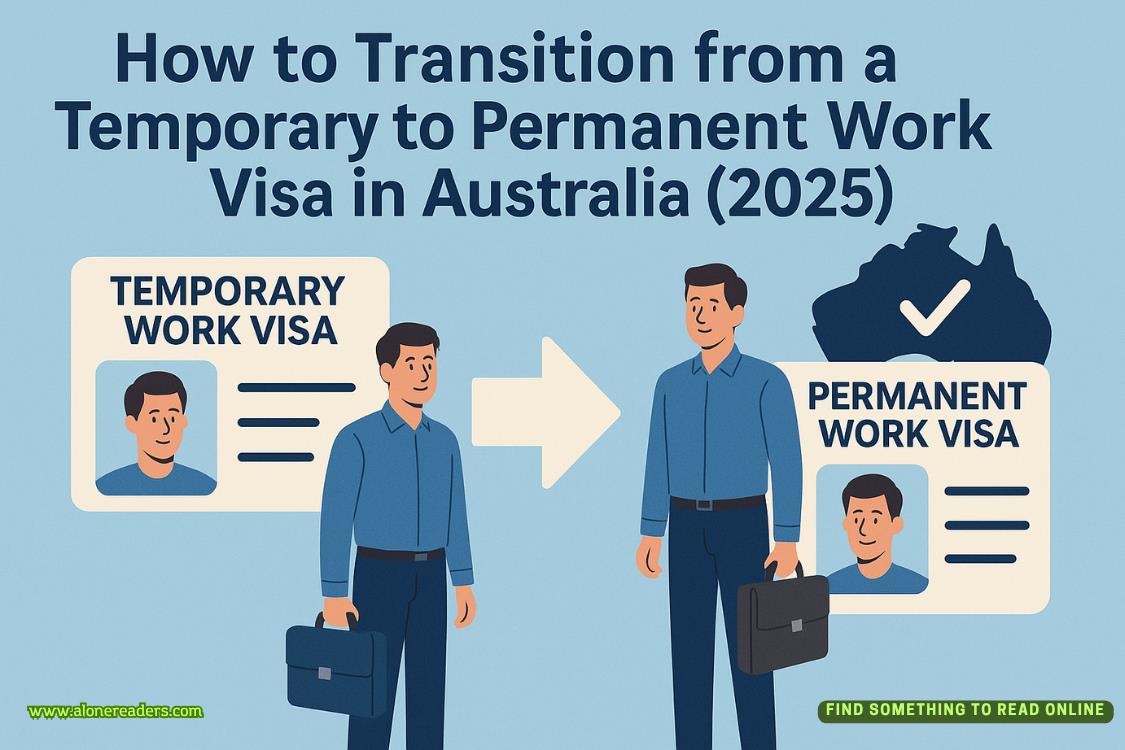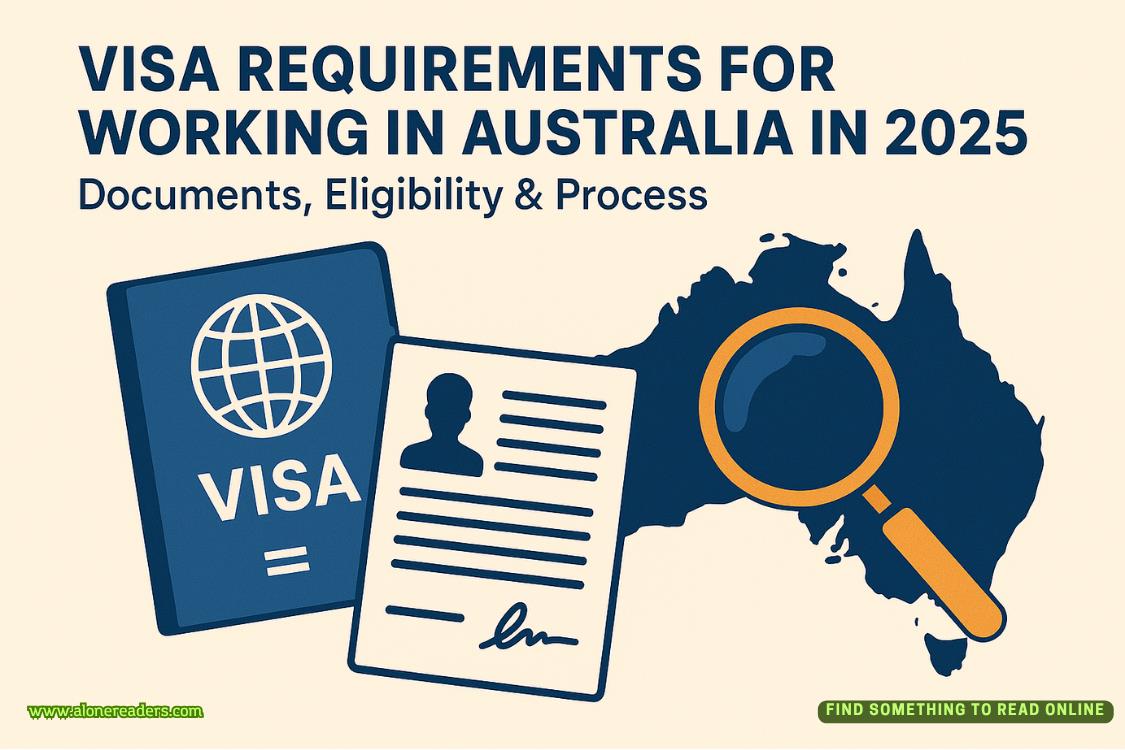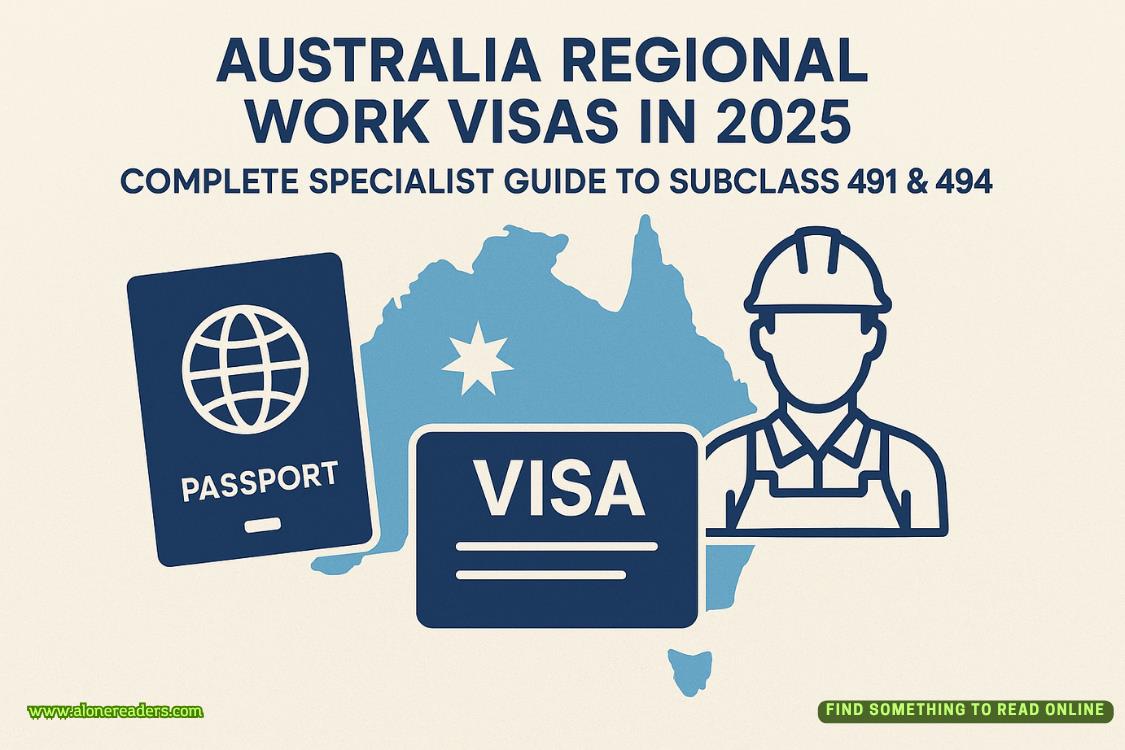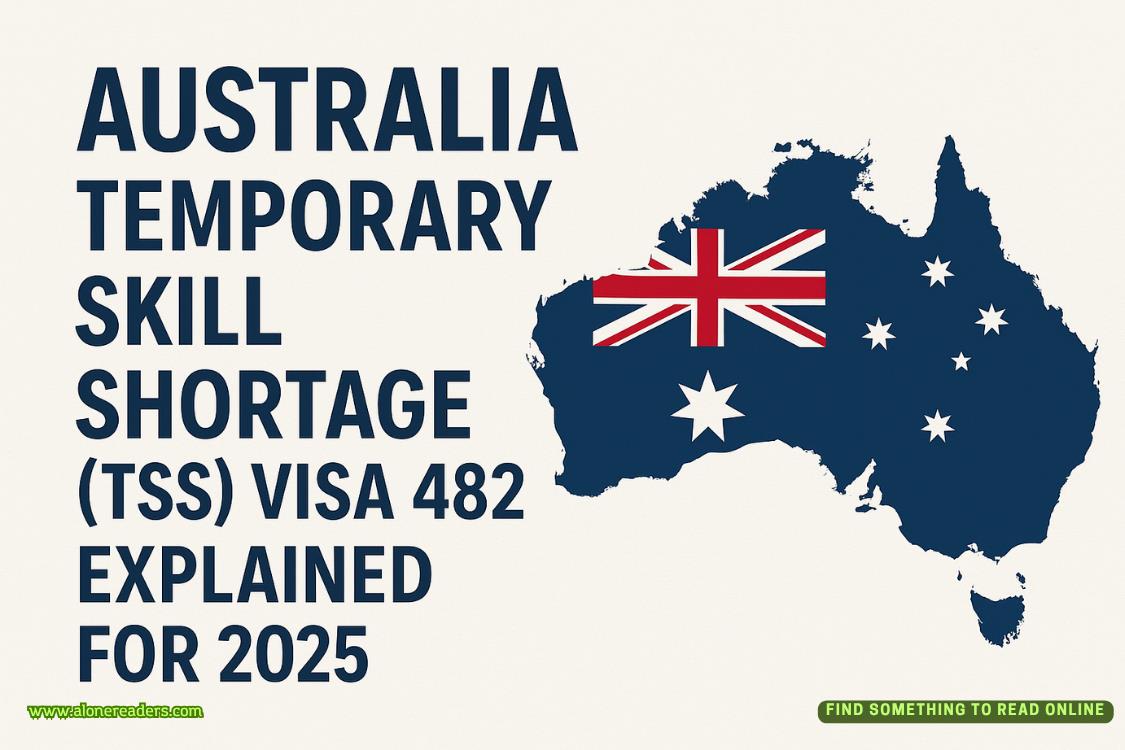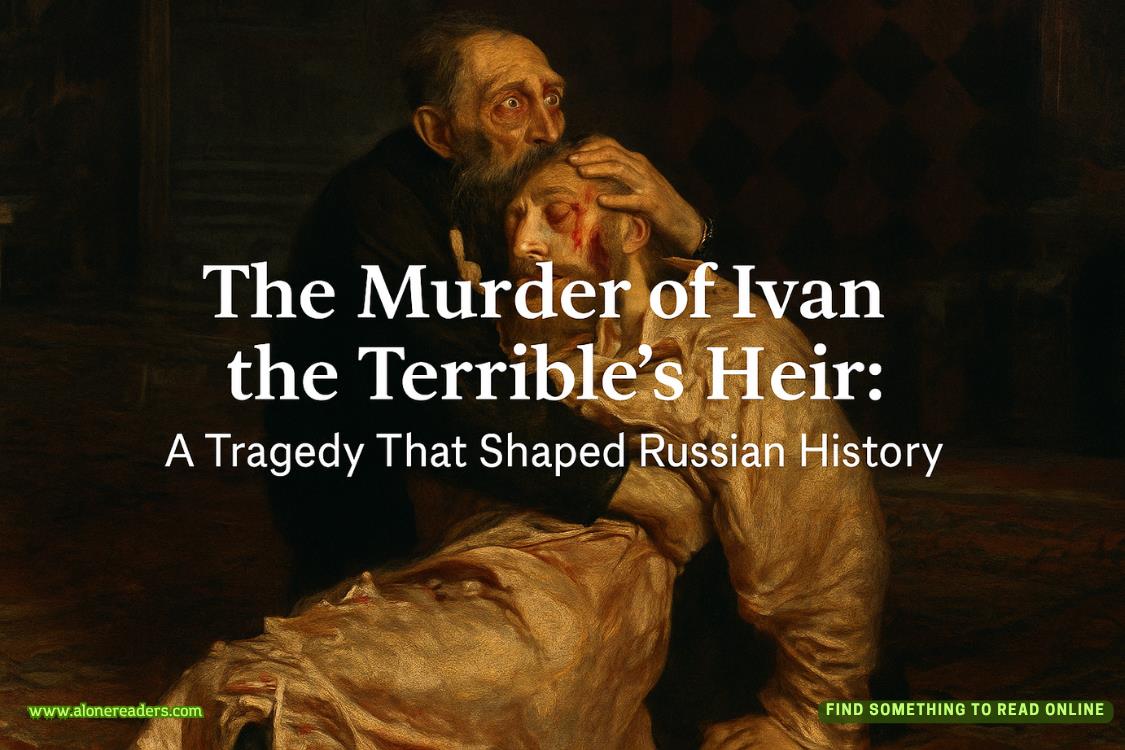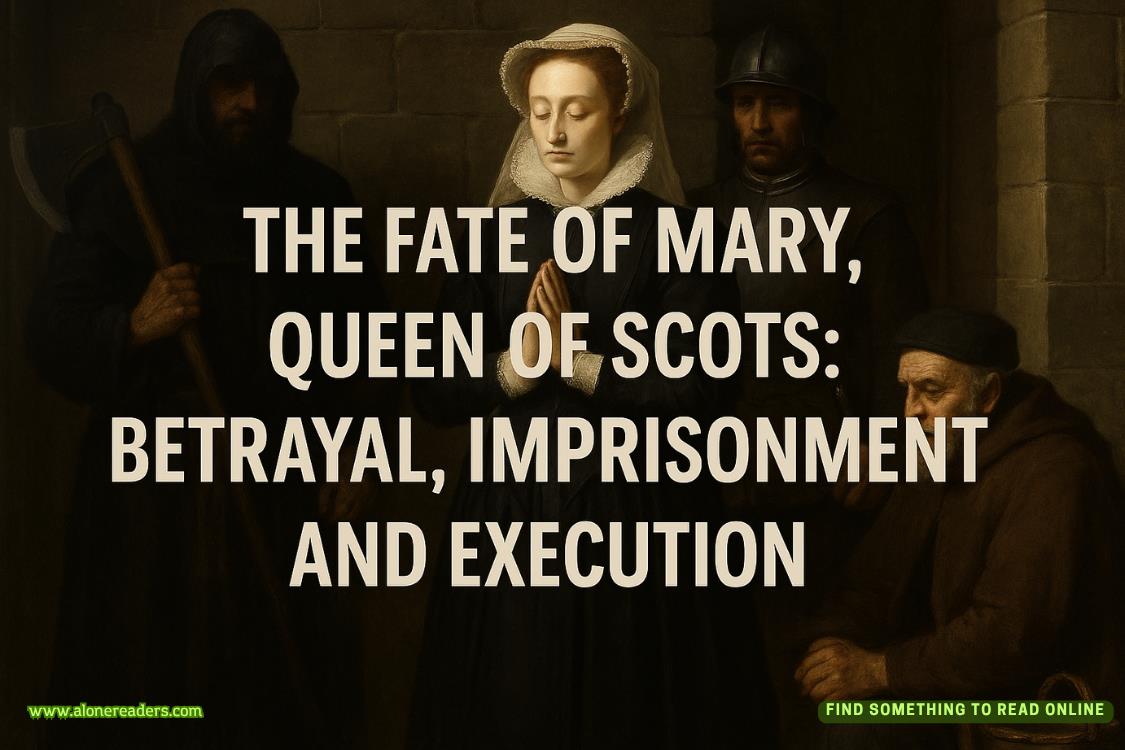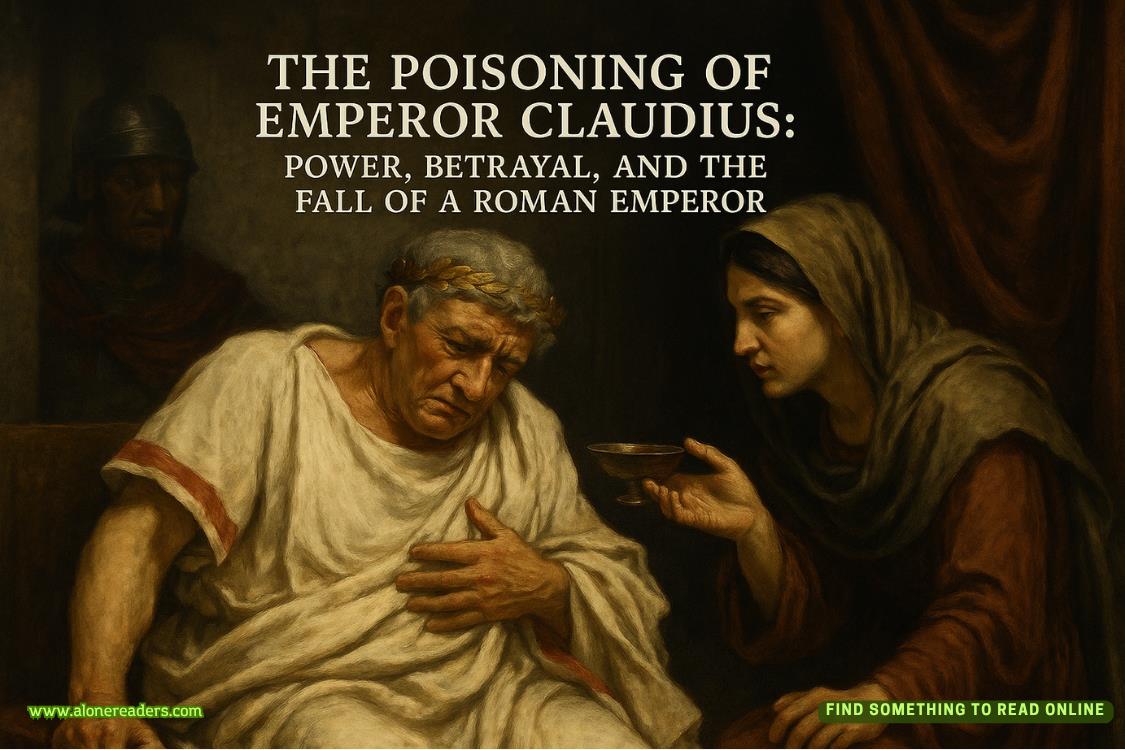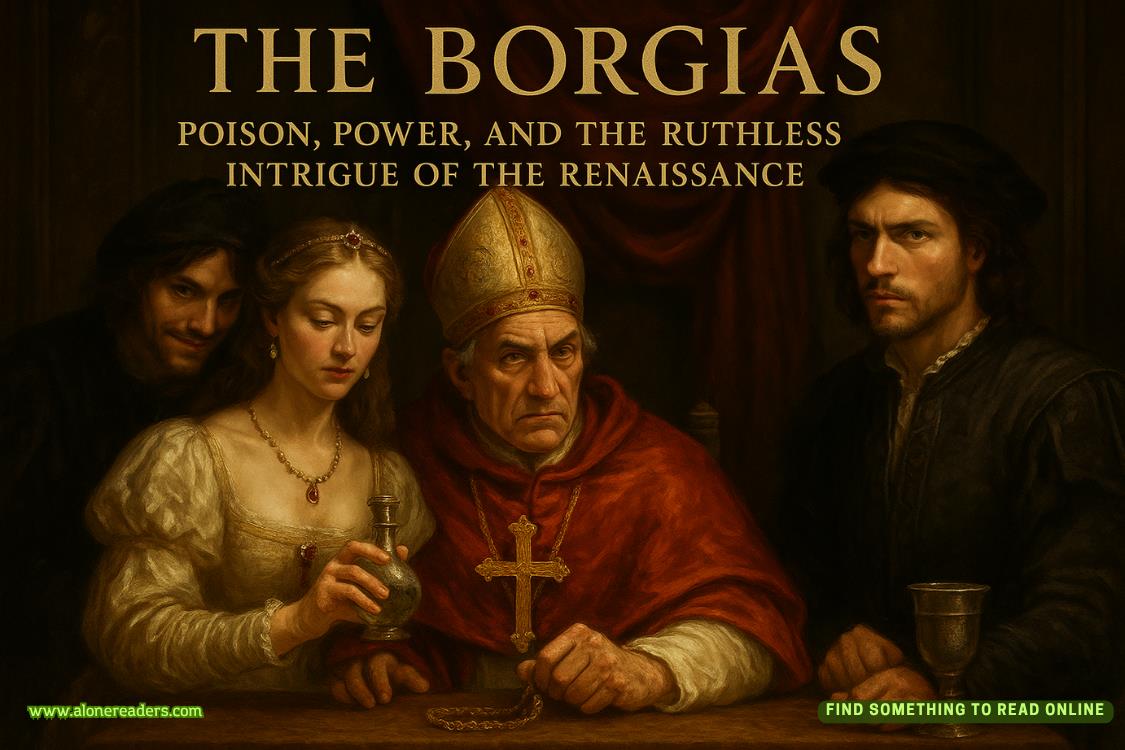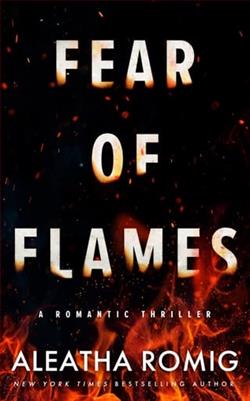Page 101 of Gone Before Goodbye
Maggie can’t help but feel a huge adrenaline kick when she sees it: a four-year-old boy in need of cleft lip and palate repair—the quintessential reconstructive procedure for a plastic surgeon. As she reads through the file, Maggie starts rehearsing the palatoplasty in her head, her fingers subconsciously moving in sync with her thoughts—
separating the palatine muscles, isolating them, creating the flaps along the roof of the mouth to reconstruct the soft and hard palate.
Damn. How she missed all this.
Half an hour later, she puts the files away and turns her attention back to the Nadia situation. She wishes she could ask the Marc griefbot about her, but then again, Maggie’s strong guess is that Sharon probably had and learned nothing important. Porkchop had used the “we” several times during their conversation. That hadn’t been an accident. That had been his way of warning her in case someone was listening in.
She’d figured that Porkchop would be ready for her call—and he was. Porkchop had answered the payphone himself, on the very first ring, which was not how it usually worked. That told her that things had gone pretty much thusly: When Oleg Ragoravich’s people tried to delete the griefbot from Maggie’s phone, Sharon got sent an alarm. Sharon realized that something was very wrong and went to the only person she knew Maggie trusted one hundred percent.
Porkchop.
From what Maggie now put together from the brief phone call, Porkchop had paid Dr. Evan Barlow a visit, probably demanding reassurances that Maggie was okay. Barlow told Porkchop about the concierge surgical work—and more importantly, about Nadia.
Again the key question: What is Nadia’s deal? What is her goal?
It has to be connected to WorldCures.
That much is clear to her now—and something about that keeps niggling at the base of Maggie’s skull. She’s missing something. It’sright there, right in the sweet spot (sour spot?) where she can’t stop thinking about Theory Three, the one where Marc is somehow still alive, and while she knows that theory is utter bullshit, knows that Marc is dead, knows that his beautiful body was hacked up into pieces by a machete in that refugee camp…
But now she wonders: Why did they hack him up?
It’s something she couldn’t really face before for obvious reasons, and true, Marc wasn’t the only corpse left in that state. There had been others. But not a lot of others. And of course, if you wanted to pull this off, if you planned to fake your death—and yes, she knowsknowsthat he didn’t—you’d make sure your “corpse” wasn’t the only one mutilated beyond recognition, right? If it was only you, that would look suspicious. So you’d make sure that other dead bodies were also left in a similar, awful, gruesome state.
Stop.
But she can’t because something isn’t adding up. She knows that now.
Nadia.
There is a laptop in the room. Maggie figures it’s being monitored, but she doesn’t care. Not for this. It’s a long shot, a tremendous one, and yet…
Using Google, Maggie finds Ray Levine’s website. The top title reads:
Pulitzer-Prize-Winning Photojournalism of Ray Levine
Maggie met Ray Levine when he’d been embedded with her unit during four combat missions. That’s where he’d taken the famous photograph of her and Trace on that copter over Kamdesh. Ray Levine had battled some strange demons in his life, and perhaps that made him so able to capture the “beautiful awful”—to use Ray’s term—in conflict, suffering, and heroism. You took your time with Ray Levine’sphotographs. You felt the color and the texture. They made you slow down.
Maggie skims down the left sidebar menu: Afghanistan, Iraq, Rwanda, India, Gaza, Kosovo, Pakistan, Israel, Chechnya, Indonesia, Sudan, Ukraine. Ray has ones closer to home—his home—like Asbury Park and Atlantic City. Then he lists topics too, like Famine, War, Crime and Punishment, Refugee Care.
She braces herself and clicks on the Refugee Care link. There, in black and white, is a photograph of Marc and Trace, taken the day before Marc died. Marc sits in front of a makeshift tent, his head back, his eyes open, his surgical mask half untied and dangling from his neck.
Damn.
Marc. On his last full day of life. And Ray had captured him. The fatigue, the fire, the passion, the exhaustion, the commitment—it’s all etched on Marc’s craggy, beautiful, worn, tormented, celestial face.
How can such a life force be extinguished?
Easily, she knows. She had seen it in the men—boys, really—she’d served with, some not even twenty years old. They were all strong, funny, smart, bright-eyed, with smiles that could cleave your heart in two—colorful, powerful life forces that were vibrant one moment, and dust the next. It isn’t hard to die. It doesn’t take much. That’s the worst part of it. There is a saying: “When one man dies, a whole universe dies,” and while the implications are obvious—the death of even a single soul is like destroying a world, that human life has profound value—dying is also routine, mundane, almost tedious.
Marc, the gorgeous soul in this photograph, is dead.
Happens every day.
She looks now at Trace standing next to Marc, hands on his hips, squinting into the sun.The stages of grief, she thinks. The anger one. She never admitted this to anyone, barely to herself even, but a small part of her had been bitter at Trace for, well, surviving. Trace breathes,Marc doesn’t. Simple and as awful as that. Trace had done the right thing on that day, according to everyone who was there. He listened to Marc. He saved lives doing so.
Maggie understood all that, but the anger stage of grief didn’t.
She clicks the right arrow. A seemingly blank page comes up. Maggie scrolls down to the bottom. There are two text input fields—one for a username, one for a password. After Marc’s murder, Ray had sent her an email offering his condolences and the one thing he could offer that no one else could: his art. He had taken hundreds of photos at the refugee camp that day and stored them online.“When you’re ready,” Ray had written, “you can access them with the username Thalalatha and the password Hududu.”Maggie understood. Thalalatha Hududu is an Arabic phrase that roughly translates to “Three Boundaries.”
